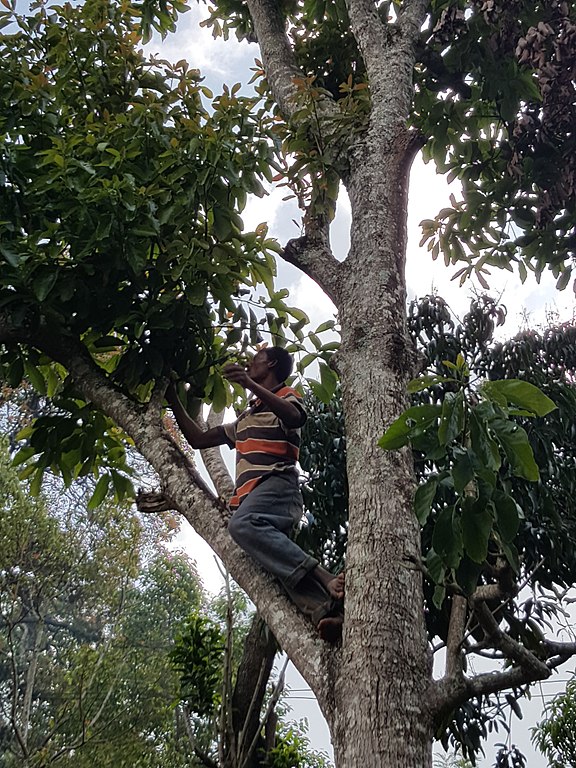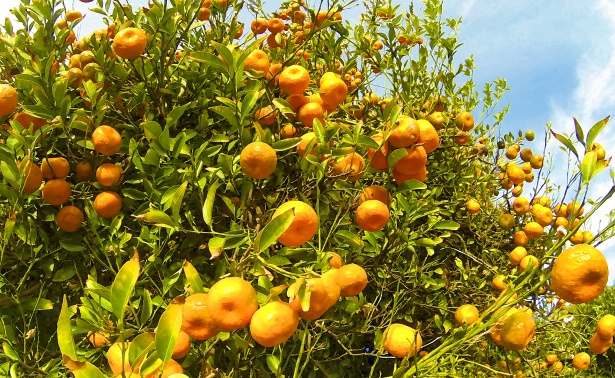Accumulating Fruit From Your Trees Is Never That Tricky
Trees being the enduring, hardy plants that they are, it is simple to forget that they require additional care in order to endure North American winters without sustaining long-lasting damage. To guard against common winter tree problems, it is important to carry out specific preventive actions throughout fall. Here are three things you can do to tree removal is inexpensive winterize your trees.
Trees can dry in the winter season when it is tough to absorb water from the frozen ground. When the sun already starts to warm the trees while the roots continue to have a hard time drawing wetness from the frost-crusted ground, this is particularly crucial throughout early spring.
While it is tough to entirely avoid winter season dehydration, it is possible to mitigate the threats by arranging a thick layer of mulch around the base of the tree in the subsiding days of autumn. The mulch not just slows down wetness loss throughout winter months, it also offers some security for the roots.

Make certain to leave ample space between the mulch and the trunk of the tree to prevent rodents and other insects from chewing the bark of the tree. Cold temperature levels can cause the wood to harden, making it vulnerable to snapping in high winter season winds. This is particularly real for deciduous trees. Evergreens are less affected by the temperature and are therefore not as susceptible to branch breakage due to the hardening of the wood. Nevertheless, a particularly long and harsh winter season can still trigger substantial breakage to evergreens due to the weight and quantity of snow that may transfer on the branches.
To lessen branch breakage, prune branches assiduously in the fall. Remove one limb of V-shaped branches to avoid snow from building up on them during winter season. Cover smaller sized trees with a strong tent-like structure and consider connecting big evergreen branches to strengthen them.

The quick change in temperature during the cold weather can cause tensions in between the outer bark and inner wood in a tree. This is called frost crackling. Frequently, mature trees can fix the damage gradually. Nevertheless, for younger trees, it may be sensible to wrap the bark with cold weather tree blankets to avoid cold stress in the winter. Once again, the very best time to do this is during the fall prior to wintry temperatures do their damage. The key to healthy trees in the winter is vigilant fall maintenance. With consistent and regular autumn care, your trees will survive the start of winter and offer you ample cool shade against the scorching summer season heat to come.